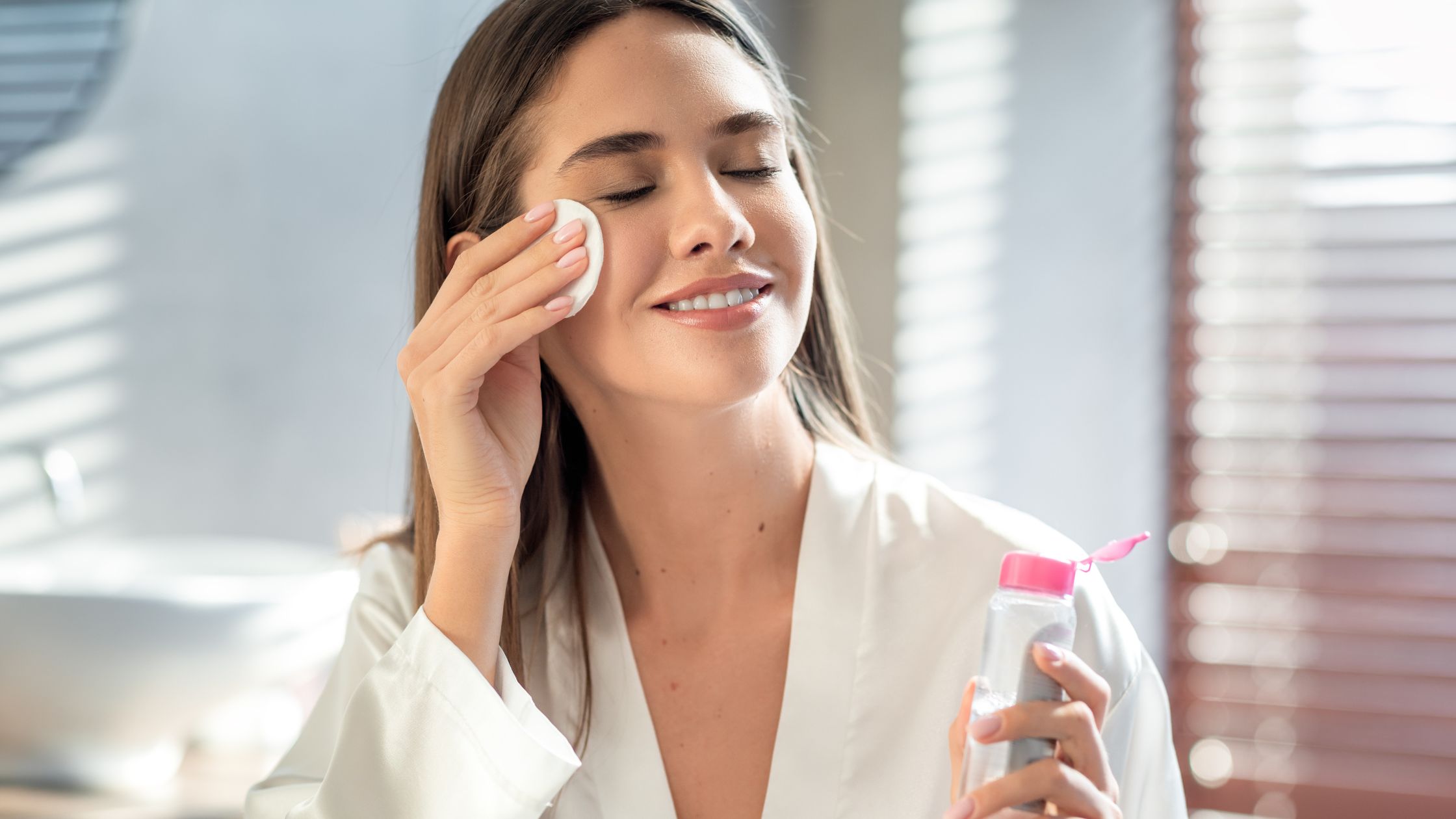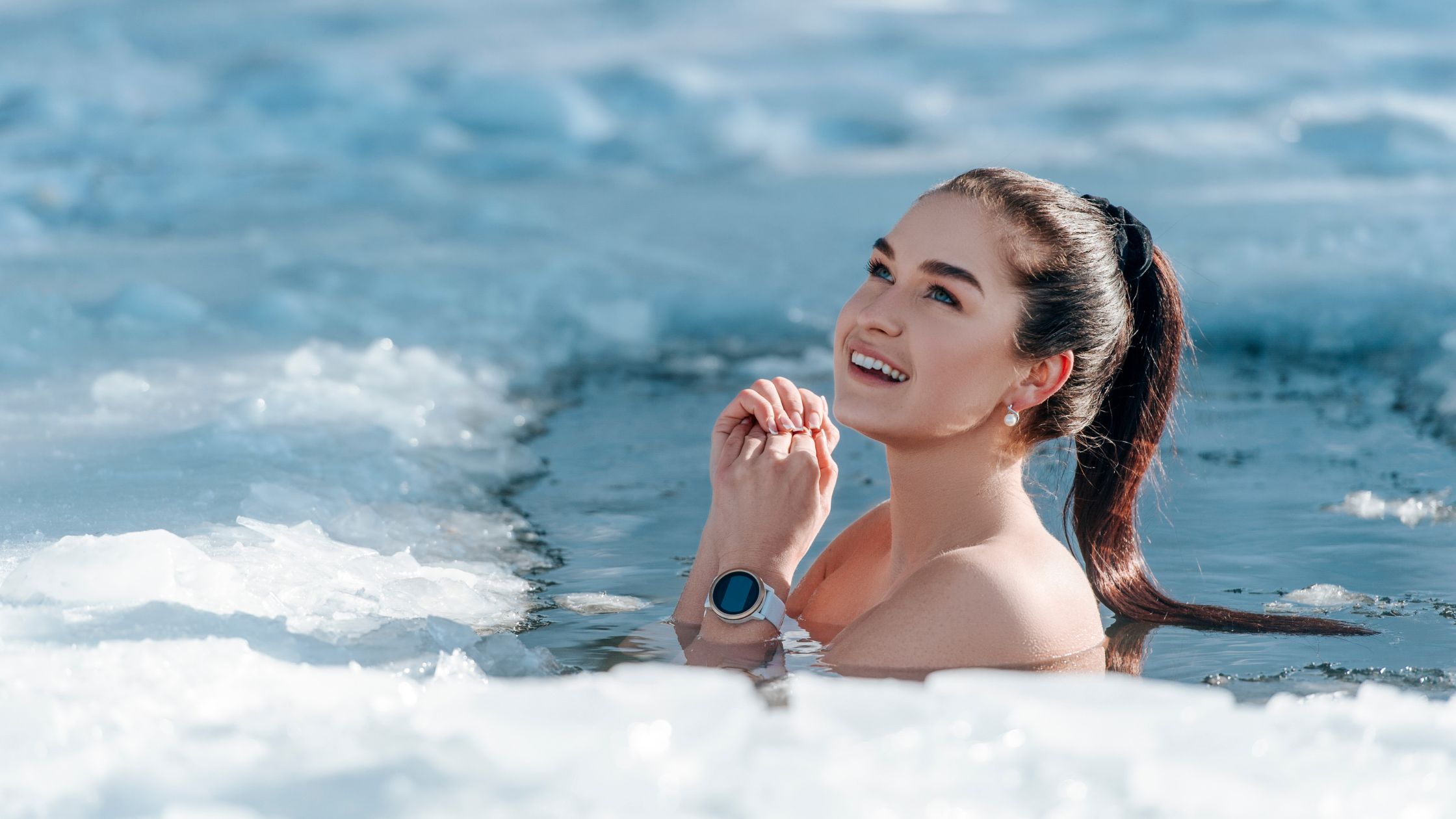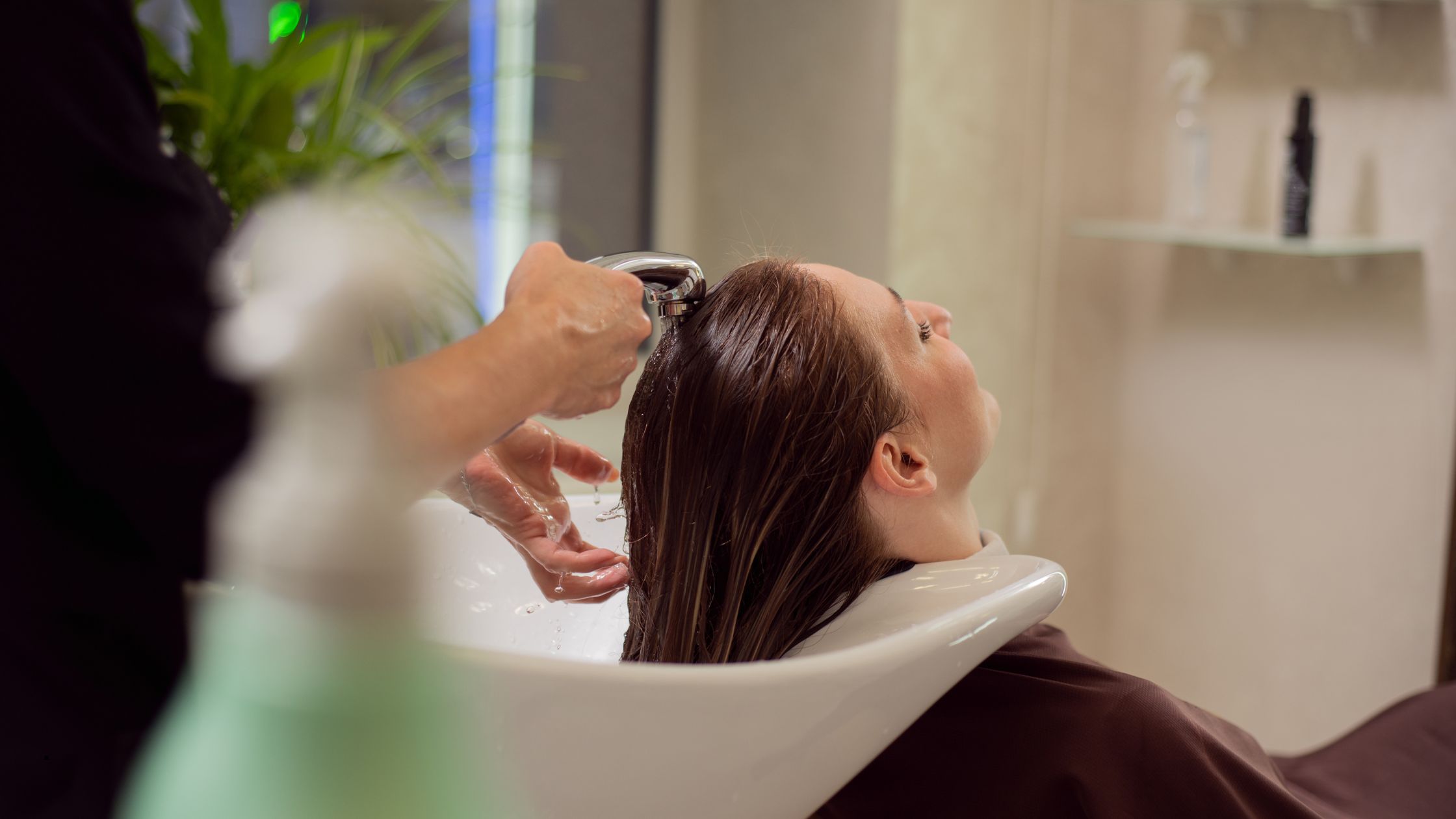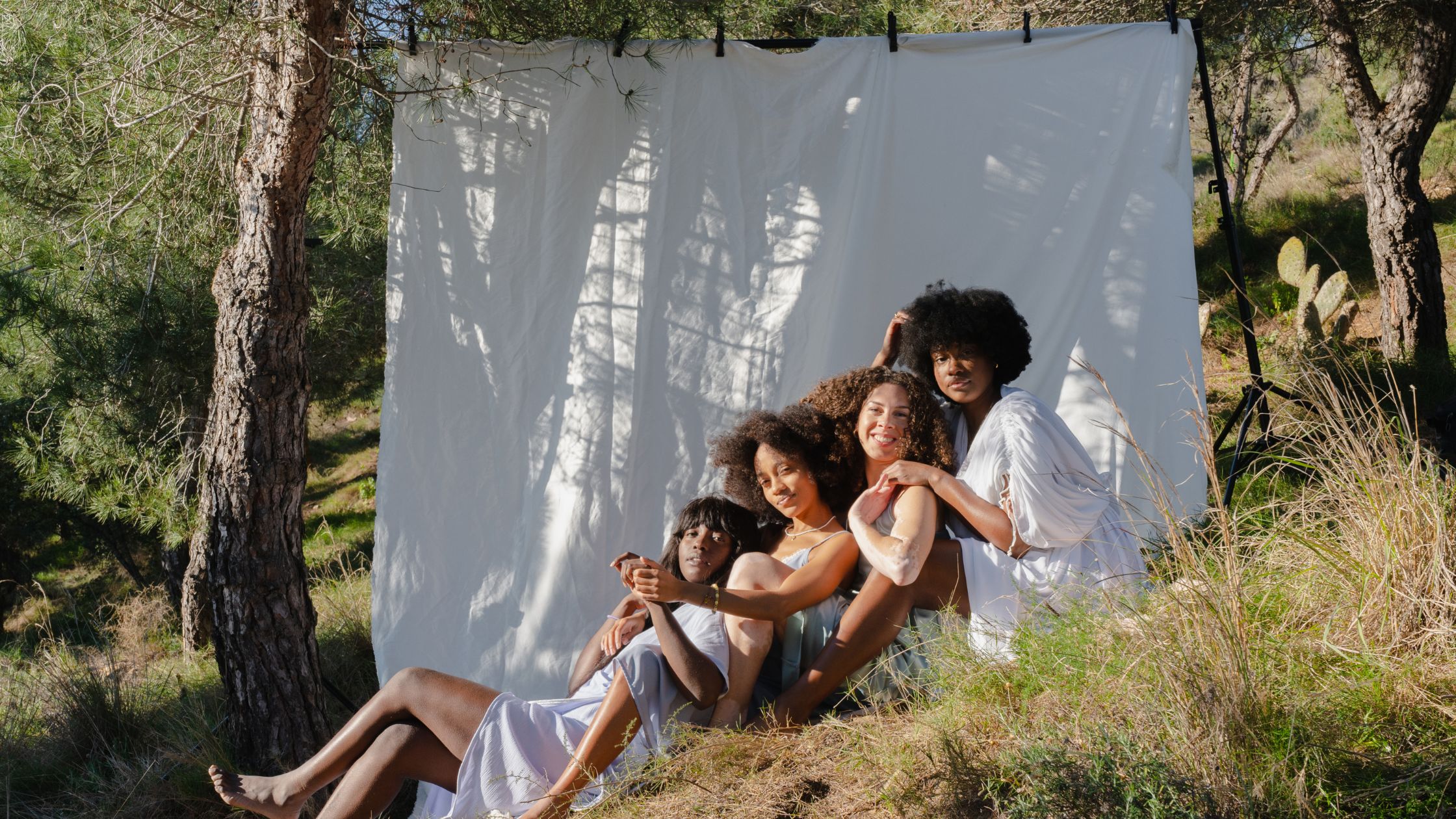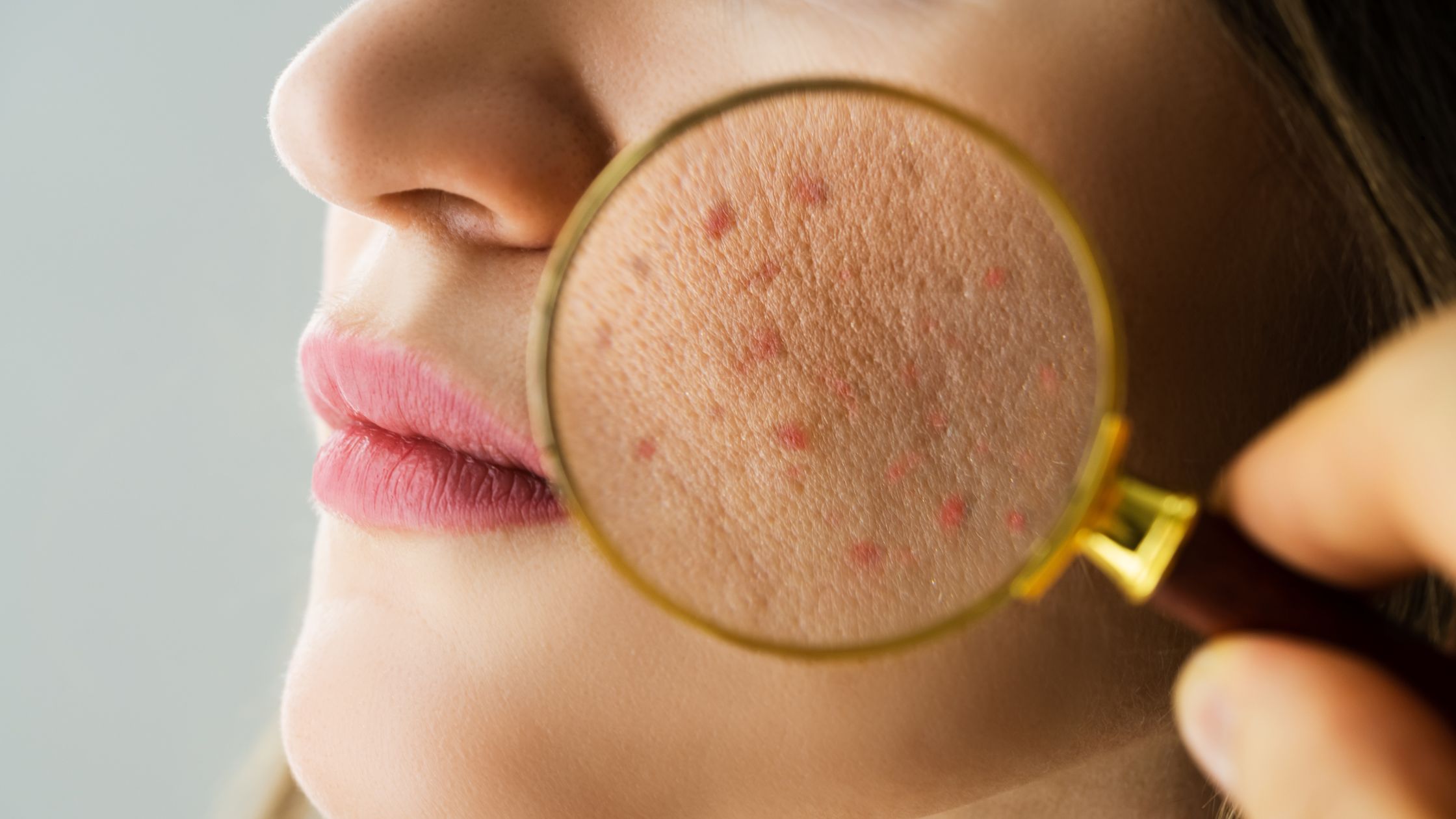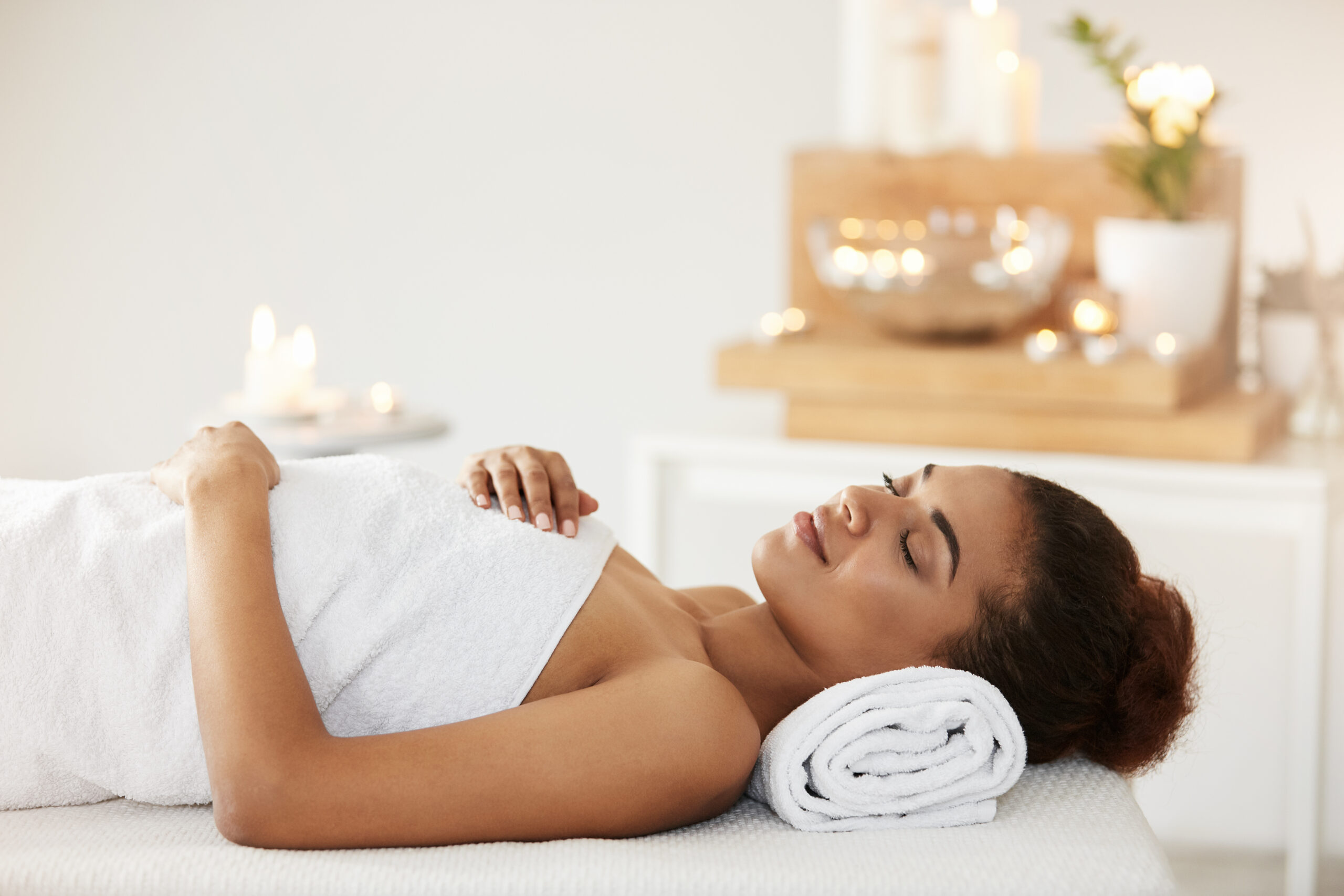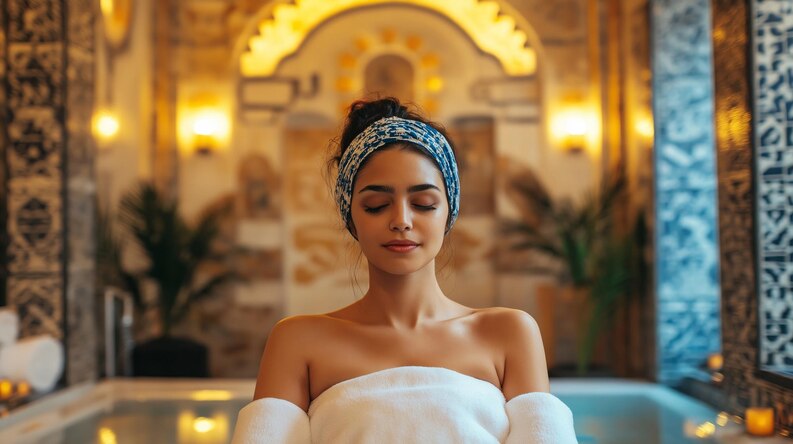Hammam ceremonies for bridal cleansing are ancient rituals deeply rooted in Middle Eastern, North African, and Ottoman traditions. Often held days before a wedding, these ceremonies symbolize purification, renewal, and the transition from maidenhood to married life. More than just a spa day, they blend physical cleansing with spiritual preparation, fostering community bonds and emotional resilience. Today, Hammam ceremonies for Bridal Cleansing are celebrated globally, merging tradition with modern wellness practices. Let’s learn more.
What’s the Historical and Cultural Origin?
The Hammam (Arabic for “bath”) traces its origins to Roman and Byzantine bathhouses, later refined by Islamic cultures that emphasized hygiene as a spiritual act. By the 7th century, Hammams had evolved into social hubs, particularly for women. Bridal versions emerged as rites of passage, preparing brides physically and mentally for marriage.
In Morocco, Turkey, and Tunisia, Hammam ceremonies for Bridal Cleansing often involve female relatives and friends, symbolizing communal support. The ritual’s spiritual dimension – washing away “singlehood” and inviting blessings – reflects its enduring cultural resonance.
Pre-Ceremony Preparations: What to Expect
A traditional Hammam ceremony spans 3–6 hours and requires careful planning:
- Venue Selection: Authentic Hammams feature heated marble rooms, steam chambers, and designated areas for scrubbing. For those in the UK seeking an authentic experience, The Old Hammam in Edmonton, London offers a historic and atmospheric setting that echoes the time-honored traditions of this ritual.
- Guest List: Typically female-only, including close family and friends. In some cultures, male relatives may also participate in separate sessions.
- Supplies:
- Black soap (Beldi): An olive oil-based cleanser that softens the skin.
- Kessa glove: Used for exfoliating dead skin.
- Rhassoul clay: Detoxifies and nourishes the skin.
- Argan oil: Hydrates after the scrub.
- Rose water, henna, and candles set the ambiance.
Brides often fast or eat lightly beforehand to enhance the detoxification process.
The Ritual: Step-by-Step Process
1. Steam Therapy
The bride enters a steam room to open her pores and relax her muscles. This step, lasting about 20–30 minutes, encourages sweating and the release of tension, setting a tranquil tone for the experience. The enveloping warmth not only prepares the skin for exfoliation but also allows the mind to settle into a meditative state, enhancing the overall sensory journey.
2. Exfoliation (Gommage)
An attendant (nateqa) uses a kessa glove to scrub the bride’s skin vigorously, symbolizing the shedding of past burdens and stresses. This thorough process clears away dead skin cells, promoting a radiant glow. The act is both physically invigorating and emotionally cathartic, allowing the bride to feel renewed with every gentle yet deliberate movement.
3. Clay Masks
Rhassoul clay mixed with rose water is applied to purify and soften the skin. Often, the mask is left to set for several minutes, allowing the minerals to deeply nourish the skin. In some traditions, a blend of honey or saffron is added to elevate the treatment, enhancing both its aesthetic and spiritual qualities.
4. Hydration and Massage
After rinsing with warm water, the bride receives a soothing massage with argan oil, locking in moisture and imparting a lasting softness to her skin. This nurturing touch not only rejuvenates the skin but also serves as a metaphor for the love and care to be shared in marriage.
5. Celebration and Feasting
The ceremony concludes with a joyous celebration where guests gather to share mint tea, sweets, and music. This final stage reinforces the communal spirit of the ritual, marking a festive end to the transformative experience. Additional elements, such as the application of henna or recitations of blessings, further enhance the depth and significance of the ceremony, ensuring the bride feels both cherished and empowered for her new beginning.
Symbolism and Traditions
Hammam ceremonies for Bridal Cleansing are laden with symbolism:
- Water: Represents purity and life.
- Circular Scrubbing Motions: Signify the cyclical nature of life and unity.
- Communal Participation: Reinforces the bride’s support network.
In Turkey, brides may receive a “bridal amulet” for protection, while Moroccan rituals often include chanting prayers (duas) for fertility.

Physical and Emotional Benefits
Physical Renewal
- Deep Exfoliation: Removes impurities, helping to prevent pre-wedding skin issues.
- Improved Circulation: Reduces stress before the wedding.
- Softened Skin: Ensures radiant wedding photos.
Emotional Wellness
- Stress Relief: Steam and massage lower cortisol levels.
- Bonding: Shared laughter and stories ease pre-wedding anxiety.
- Mindfulness: The ritual encourages reflection on the responsibilities of marital life.
Modern Adaptations and Global Trends
Today, Hammam ceremonies for Bridal Cleansing blend tradition with innovation:
- Destination Hammams: Brides travel to Marrakech or Istanbul for authentic experiences.
- Fusion Rituals: Incorporating Ayurvedic oils or CBD-infused masks.
- Eco-Conscious Choices: Utilizing vegan products and zero-waste packaging.
Celebrity influence – such as Natalie Portman’s pre-wedding Hammam, has boosted the popularity of these rituals. However, cultural appropriation concerns call for sensitivity and respect, urging modern practitioners to research and honor the traditions they adopt.
FAQs: Your Questions Answered
Can non-Muslim brides participate?
Absolutely. The ritual transcends religion, focusing on renewal and self-care. It’s important to communicate your preferences to your attendants.
How does this differ from a regular spa day?
Unlike typical spa treatments, Hammam ceremonies emphasize ritualistic symbolism and communal bonding.
Q4: What should a bride bring?
A robe, flip-flops, and moisturizer. Most venues provide towels and products, but it’s wise to confirm in advance.
Is it safe for sensitive skin?
Yes, though you should inform attendants beforehand. While Rhassoul clay is generally gentle, a pre-ceremony test is recommended.
Planning Your Own Hammam Ceremony
- Consult Cultural Experts: If you’re honoring a specific tradition, consider hiring a nateqa or cultural advisor.
- Personalize the Menu: Offer rose-infused desserts or personalized scrubs.
- Timing: Host the ceremony 2–3 days before the wedding to enjoy the glow without any last-minute stress.
- Venue Spotlight: For those in London, The Old Hammam in Edmonton provides an exceptional setting that perfectly blends historical ambiance with modern comforts, making it an ideal choice for your bridal cleansing ritual.
Final Thoughts: Embracing Tradition and Self-Care
Hammam ceremonies for Bridal Cleansing is a transformative experience that connect brides to heritage, community, and self. If you’re in London, choose our exotic and beautifully curated The Old Hammam & Spa in Edmonton.
This ancient practice offers timeless lessons in renewal and resilience. As modern brides seek deeper meaning beyond materialism, the holistic ethos of the Hammam continues to resonate, inviting everyone to embrace both tradition and self-care.
